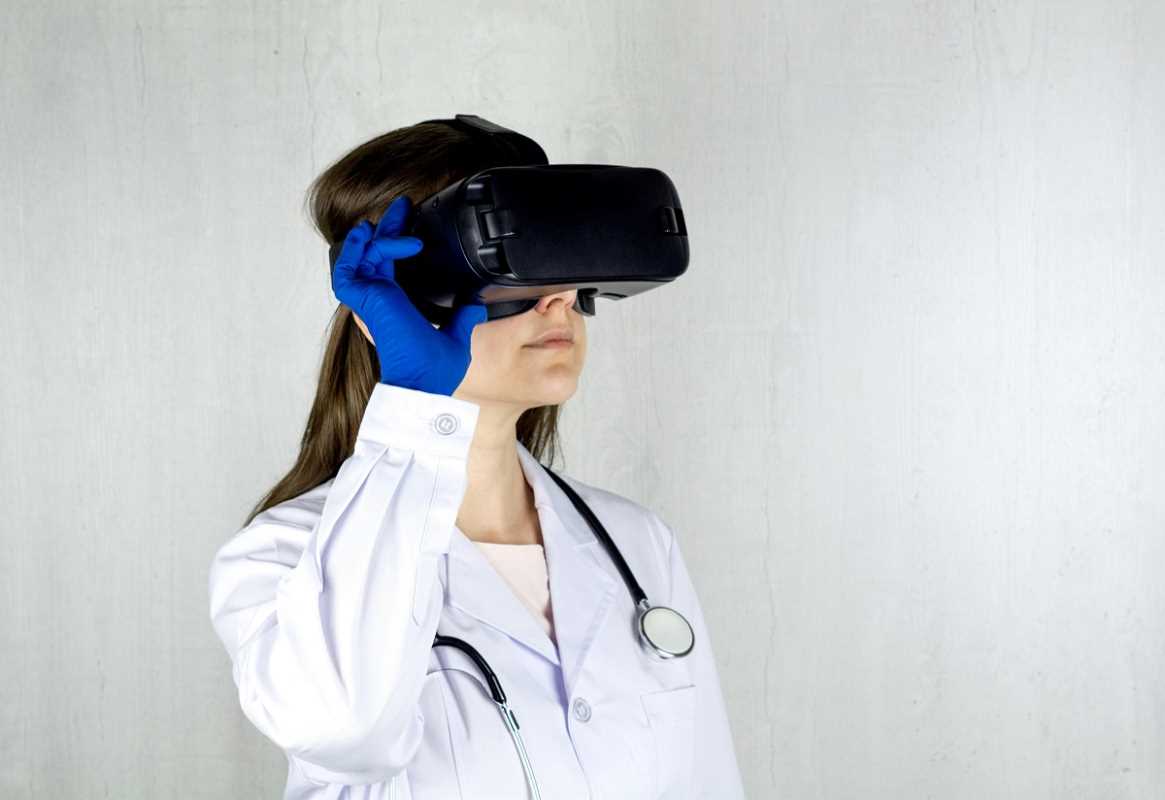Virtual reality (VR) has rapidly transformed various sectors, and healthcare is no exception. By immersing users in interactive, computer-generated environments, VR offers innovative solutions for patient treatment, medical training, and surgical planning. Among the emerging roles within this transformative landscape are virtual reality therapists and professionals who utilize VR technologies to enhance therapeutic practices and improve patient outcomes. The integration of VR into therapy represents a significant advancement in modern healthcare, promising more personalized and effective treatment modalities.
The Role of Virtual Reality in Healthcare
Integrating virtual reality in healthcare has opened new avenues for treatment and education. One primary application is pain management, where VR environments help distract patients from discomfort during procedures or chronic pain episodes. VR is instrumental in mental health therapy, offering exposure therapy for anxiety disorders, PTSD, and phobias by gradually exposing patients to controlled virtual scenarios.
Beyond patient care, VR serves as a valuable tool for medical training. Aspiring healthcare professionals can practice complex surgical procedures in a risk-free virtual setting, enhancing their skills and confidence before performing real-life operations. Moreover, VR facilitates collaborative training sessions, allowing teams to simulate and refine their responses to various medical emergencies, thereby improving coordination and efficiency in actual practice.
Training and Certification for Virtual Reality Therapists
Becoming a virtual reality therapist requires a specialized combination of traditional therapeutic training and expertise in VR technologies. Professionals typically need a background in psychology, counseling, or a related healthcare field, supplemented by training in the use of VR equipment and software. Certification programs ensure that therapists are proficient in effectively and ethically integrating VR into their therapeutic practices.
- Stanford University offers a comprehensive program in VR therapy integration.
- Johns Hopkins University provides specialized courses focusing on VR applications in mental health.
- Massachusetts Institute of Technology (MIT) features advanced training modules on the technical aspects of VR systems.
- University of Southern California includes hands-on VR therapy workshops within their clinical psychology curriculum.
Benefits of Virtual Reality Therapy
Virtual reality therapy offers numerous advantages for both patients and healthcare providers, enhancing the overall effectiveness and efficiency of therapeutic interventions.
- Enhanced Engagement: VR provides an immersive experience that can increase patient motivation and participation in therapy sessions.
- Personalized Treatment: Therapists can tailor VR environments to meet the specific needs and preferences of each patient, ensuring more targeted interventions.
- Improved Outcomes: Studies have shown that VR therapy can lead to faster and more sustained improvements in conditions such as anxiety, PTSD, and chronic pain.
- Safe Environment: Patients can confront and work through their fears and anxieties in a controlled and safe virtual setting, reducing the risk of real-world triggers.
- Cost-Effective Training: For healthcare providers, VR offers a cost-effective method for training and skill development, minimizing the need for expensive equipment and resources.
Challenges and Limitations
Despite its promising potential, virtual reality therapy faces several challenges that must be addressed to achieve widespread adoption and effectiveness. High initial costs for sophisticated VR equipment and software can be a significant barrier for many healthcare facilities. There is a learning curve associated with the use of VR technologies, requiring therapists to acquire new technical skills alongside their clinical expertise.
- Ongoing research is focused on developing more affordable VR solutions to make the technology accessible to a broader range of providers and patients.
- Studies are being conducted to streamline the integration of VR into existing therapeutic practices, ensuring seamless adoption without disrupting current workflows.
- Further investigation is needed to understand VR therapy's long-term effects and establish standardized protocols for its use across different therapeutic settings.
Future Prospects
The future of virtual reality therapy looks promising, with continuous advancements expected to enhance its capabilities and applications. Innovations in VR hardware, such as more lightweight and comfortable headsets, will likely improve user experience and increase accessibility. The development of more sophisticated software algorithms will enable more personalized and adaptive therapy sessions, responding in real-time to the patient's progress and needs.
Integrating artificial intelligence with VR could further revolutionize therapy by providing intelligent feedback and dynamically adjusting virtual environments to optimize therapeutic outcomes. Collaborative efforts between technologists, healthcare providers, and researchers will drive the evolution of VR therapy, making it an indispensable tool in modern healthcare practices.
The rise of virtual reality therapists signifies a transformative shift in the healthcare landscape. VR therapists blend cutting-edge technology with therapeutic expertise to deliver more effective and engaging patient care. As VR continues to evolve, its role in therapy is set to expand, offering new possibilities for treatment, training, and patient interaction. Overcoming current challenges and embracing future innovations will be crucial in realizing virtual reality's full potential in enhancing healthcare outcomes and shaping the future of therapy.
 (Image via
(Image via





